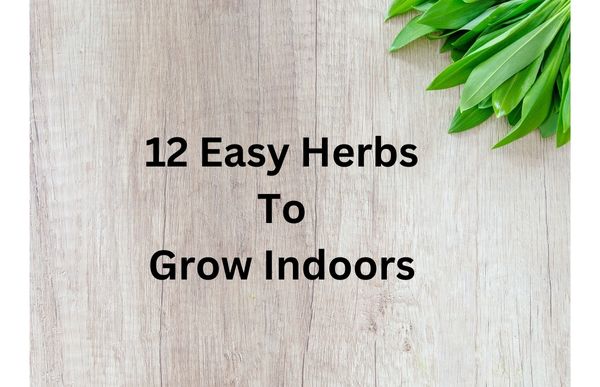Whether you are a novice gardener or looking to expand your growing repertoire, herbs are a great solution. All you need to grow them successfully is the right amount of sun and water, and an occasional fertilizer. Herbs are versatile, as well, having both medicinal values and culinary purposes.
You can buy most of the herbs listed below from grocery stores in the produce section, but there nothing like having a bountiful harvest of herbs that you’ve grown yourself. If you leave in the colder climates, growing your herbs inside means you’ll have herbs, fresh ingredients, throughout the winter months.
You can start from seeds or young plants that you can purchase from local garden centers. The best way to grow from seeds, is plants your seeds shallowly in a small pot. Once they begin to mature, separate them and place in a larger pot. Keep them watered every couple of days for a couple of weeks. Cover seed-starting cells with plastic to retain moisture.
Your indoor herbs will require sunlight for 6 to 8 hours. Place your potted plants on a sunny windowsill. You can also supplement with fluorescent lights, or a grow light.
Dill.
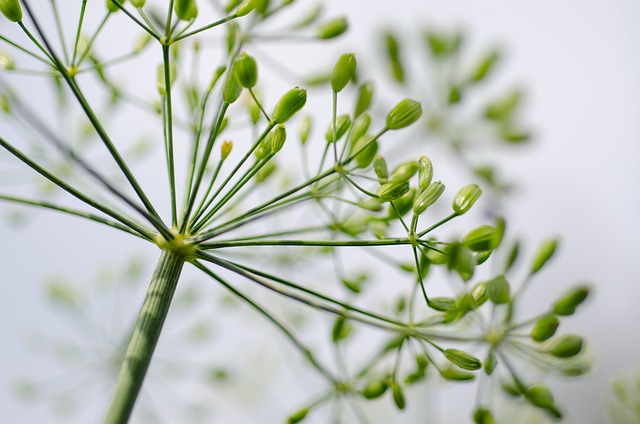
Dill is an annual herb that grows in any garden soil. It has many medicinal and culinary uses and is easy to grow. It’s commonly used to flavor soups and vegetables and in pickling. It’s also very tasty in tuna salad. Growing dill from seed is an excellent way to get started. This herb is also a self-seeding annual. If you notice it spreading, simply remove the unwanted plants.
Mint.

The two most popular plants from the mint family are peppermint and spearmint. Mint is a very hardy plant that grows very easy. In fact, if you grow it outside, be sure to confine it to a pot or you will find that it has taken over your garden and your lawn. It needs very little maintenance. Unlike the other herbs, mints thrive in indirect sunlight. Grow it inside as a natural air freshener. Try adding the fresh leaves of mint to lemonade for a tasty summer treat.
Parsley.
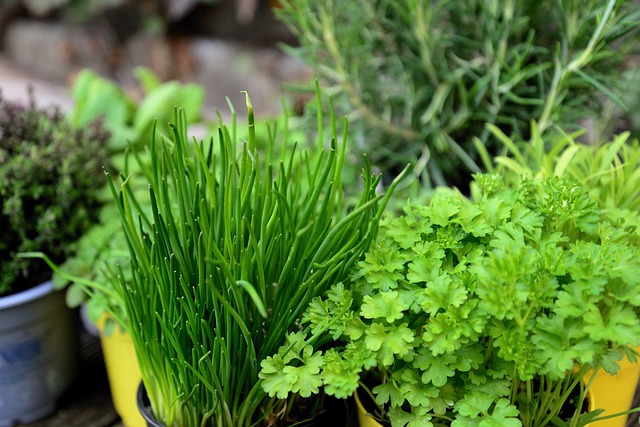
There are two kinds of parsley, curly leaf and flat-leaf parsley. The curly leaf is primarily used for garnishment. The flat-leaf parsley has a much more robust flavor, but both are commonly used to flavor soups and stews. They have a very long root system so grow in pots that are at least 12 inches deep. Otherwise, Parley is very easy to care for. Just remember to keep the soil slightly moist. This herb is hardy and will grow up to 20 inches tall. It is widely used in cooking and can even be used to make herb butter. It also has medicinal properties and is used to cleanse spaces of negative energy. However, be sure to not overwater it, as the root system of this plant can become infected with root rot.
Lemon Balm.
Lemon balm is an easy herb to grow and has a lemony scent. It is similar to mint and is great for cooking. Give this plant a pot of its own, as Lemon balm will spread and self-seed, and take over the container. You can also use the leaves in herbal teas and potpourri.
Chives.
Another easy herb to grow is chives. This bulbous plant is a great choice if you want to use fresh herbs all year long. Chives need little water and don’t need a lot of light. They grow in containers and can be planted directly outdoors. They are easy to grow and can survive the coldest of winters. Chives have an onion-like flavor and can be used in many dishes. They also produce beautiful flowers and clumps.
Bay Laurel.
Bay Laurel is an evergreen tree or shrub. Growing them in containers restricts their size. For best results, transfer the plants from pots to outside when they’ve outgrown the pot. Grown outside, Bay Laurel can reach a height of 50 feet. Its best to start from small plants instead of seeds. Growing from seeds can be very slow. Harvest often to encourage more growth. Try placing a few or your harvested bay leaves in your favorite soups and stews
Basil.
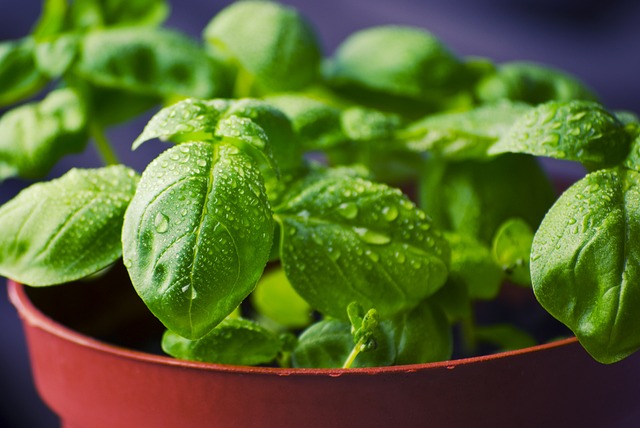
Basil is also a good choice for windowsill plants. The Basil plant is an annual plant that requires full sunlight and well-drained soil. Basil has a strong flavor and works well in pesto. It’s one of the more aromatic herbs, and most commonly used herb because it works well in so many dishes. Its a key ingredient in many Italian dishes. And it can also be grown outdoors in containers if you don’t have a lot of garden space.
One of my favorite uses for basil to make my own pesto sauce. Nothing beats the flavor of fresh basil. During the growing season, be sure to pinch our blooms to encourage more foliage. Basil infused water is great for hydrating the body and may help lower your blood sugar and may also help with lowering your cholesterol. When the stems start to get woody, transfer your basil plant to a larger pot.
Sage.
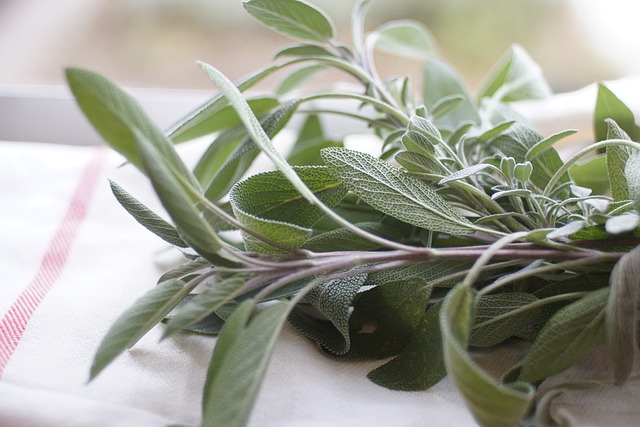
A favorite holiday herb. My family favorite is the sage cornbread dressing and the sage sausage for Christmas breakfast. The flavor is so intense that you only need a tiny bit to add to your dishes. Its best to grow dwarf sage indoors otherwise the plant gets too large for a windowsill. Very easy to grow. It likes the soil moist, and well drained. Sage also has a lot of medicinal uses including pain relief, ease of menopausal symptoms and relieving gastrointestinal discomfort.
Lemon Grass.
Lemongrass will work well inside as it does not like cold winters. However, it prefers full sun and moist soil. It gets pretty large, so start in a large pot, a five-gallon container or larger. Lemongrass is not just a great mosquito and insect repellant plant; it also can be used as a seasoning and is often used in many Asian recipes. Medicinal uses for Lemongrass include natural remedy to heal wounds and used to prevent infections.
Dandelions.

I know what you’re thinking. That’s a weed. But Dandelions are a very nutrient dense herb. Southerners mix it with other greens such as turnips and collards. Extremely easy to grow from seed. If you have difficulty finding the seeds at your garden center, you can purchase seed packets from Amazon. They’re also very pervasive so best to grow them in pots. They’re very bitter but loaded with nutrition. Try tossing them in salads or add to smoothies.
Thyme.
Thyme is perennial herb that will produce attractive flowers. They come in a variety of colors, from white to pinkish. Thyme can be grown indoors and is a great option for year-round flowering. Thyme was used in ancient Egypt as a preservative and was also used for bandaging. Let the soil dry out completely in between watering.
Bay Laurel.
This shrub or bush can get quite large. They are also drought tolerant. And if you love the taste of bay leaves in your soups or stews, you’ll find them a great addition to your indoor garden. You can grow them in pots to restrict their size.
Cilantro.
Cilantro is closely related to the parsley family. Cilantro is a fast-growing but short-lived plant that is ready to harvest in just three or four weeks. Water when the soil is dry. Pinch back the top of the plant to encourage a bushier growth and more bountiful yield. Cilantro packs a powerful punch of flavor to meat marinades, salsa, and guacamole. Water thoroughly and let dry out before watering again. Cilantro is a superior source of vitamin K, can aid in diabetes management. You can also infuse water with cilantro for body detoxification.
Best grown Outdoors but Worthy of Mention
Lavender. Because these plants love hot, dry arid conditions, its best to grow outside. Let the soil dry between watering The bush will get a couple of feet tall, producing beautiful purple flowers.
Rosemary. You can start young plants indoors and transfer outdoors in the spring. Rosemary gets pretty large. Use fresh sprigs of Rosemary in your soups, or salad dressings. Many people like to pair it with meat – chicken, lamb or beef. Create a hair tonic by boiling the leaves in distilled water. After it cools, pour the rinse on your hair and scalp to stimulate growth.
You can dry the leaves of all your herbs to use later. The dried leaves can then be crushed and stores in jars for use all year long for your culinary and medicinal needs. Harvest the leaves of mature plants and wash them thoroughly. Dry them in a dehydrator or place them on a cookie sheet lined with parchment paper and place them in the oven at the lowest temperature. Remove when they are crispy to touch.
Please let me know which herbs you decided to try your hand at in the comments. Remember, please share some of your first harvest with family and friends. They’ll appreciate your talent and generosity.

